Common Tools Used in Construction: Essential Gear for Every Job Site
Introduction
Behind every successful construction project is a crew of skilled professionals—and a reliable set of tools. Whether it’s residential, commercial, or infrastructure development, tools are the backbone of efficiency, safety, and precision on a construction site.
From measuring to demolition, framing to finishing, each task relies on specific tools designed to make the job easier, faster, and more accurate. Whether you’re new to the field or managing a team, understanding the most commonly used construction tools is key to project success.
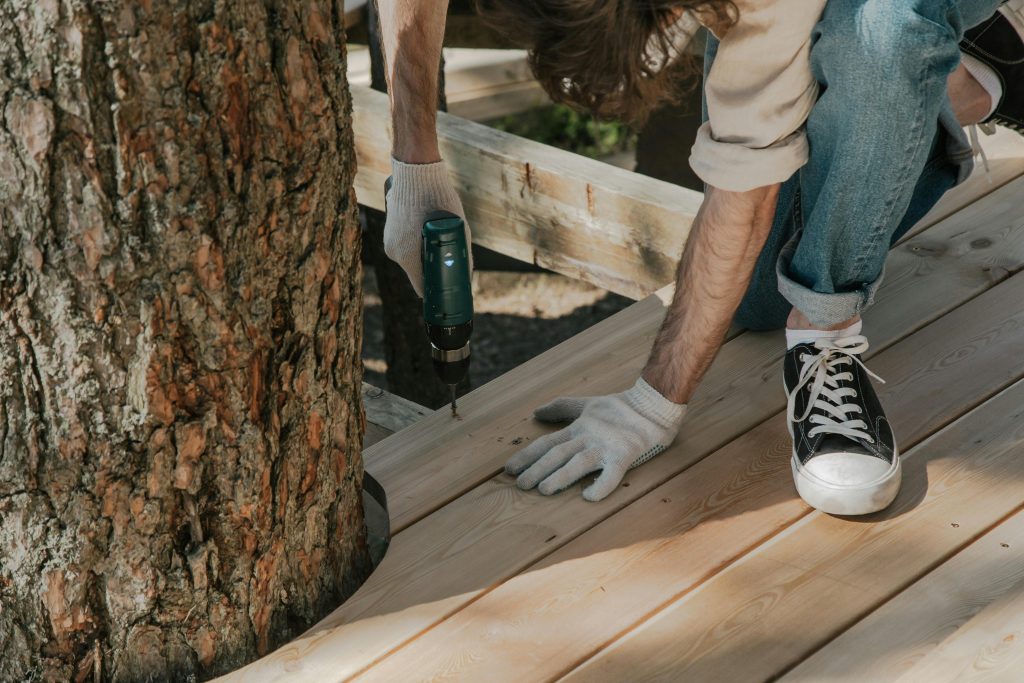
In this article, we’ll walk through a list of essential tools used in construction, highlighting their purpose, when to use them, and how they improve productivity on the job.
1. Measuring & Layout Tools
Accurate measurements are the starting point of quality construction work.
Must-Haves:
- Tape Measure: Standard for measuring lengths and dimensions.
- Laser Level: Projects a level line across distances—ideal for layout, tile work, and framing.
- Spirit Level (Bubble Level): Used to check surfaces for level or plumb.
- Chalk Line: Snaps a straight line between two points for layout and marking.
Why They Matter:
Mistakes in measurements can cause costly delays, structural problems, and wasted materials. These tools help eliminate guesswork.
2. Hand Tools
Classic, dependable, and used in almost every trade.
Core Hand Tools:
- Hammers (claw and framing): For driving and removing nails.
- Screwdrivers (Phillips and flathead): Essential for assembly and disassembly.
- Utility Knife: Used for cutting materials like drywall, insulation, or tape.
- Pliers (needle-nose, slip-joint): Gripping, twisting, cutting, or holding materials in place.
- Wrenches (adjustable and combination): For tightening and loosening nuts and bolts.
Tip: Quality hand tools are worth the investment—they’re used daily and often in rugged conditions.
3. Power Tools
Power tools boost efficiency and handle tougher jobs that hand tools can’t.
Construction Site Staples:
- Cordless Drill/Driver: For driving screws and drilling holes.
- Circular Saw: Cuts timber, plywood, and other sheet materials with speed.
- Reciprocating Saw (Sawzall): Ideal for demolition and rough cutting.
- Angle Grinder: For cutting, grinding, or polishing metal and masonry.
- Impact Driver: Offers more torque than a drill—great for tougher fastening jobs.

Pro Insight: Always ensure proper battery storage and charging on-site to avoid downtime.
4. Cutting and Shaping Tools
Precision cutting tools are critical in carpentry, plumbing, and finish work.
Commonly Used:
- Handsaws (rip and crosscut): Basic and reliable, especially where power tools can’t reach.
- Chisels: For carving or cutting wood, often used in joinery or door fitting.
- Tin Snips: Cut through sheet metal or ductwork.
- Pipe Cutter: Used by plumbers for clean, quick cuts in copper or PVC piping.
Best Practice: Keep blades sharp and tools clean to ensure clean cuts and reduce material waste.
5. Safety Gear & Protective Tools
Safety isn’t optional—PPE and protective tools are non-negotiable on any construction site.
Essential Safety Tools:
- Hard Hat: Protects against falling debris or low clearances.
- Steel-Toe Boots: Shields feet from heavy impacts or punctures.
- Safety Glasses & Face Shields: Prevent eye injuries from dust, sparks, and chemicals.
- High-Visibility Clothing: Improves visibility in busy or low-light conditions.
- Ear Protection (earplugs or earmuffs): Necessary when using loud equipment like jackhammers or saws.
- Dust Masks or Respirators: Protect against inhalation of harmful particles or fumes.
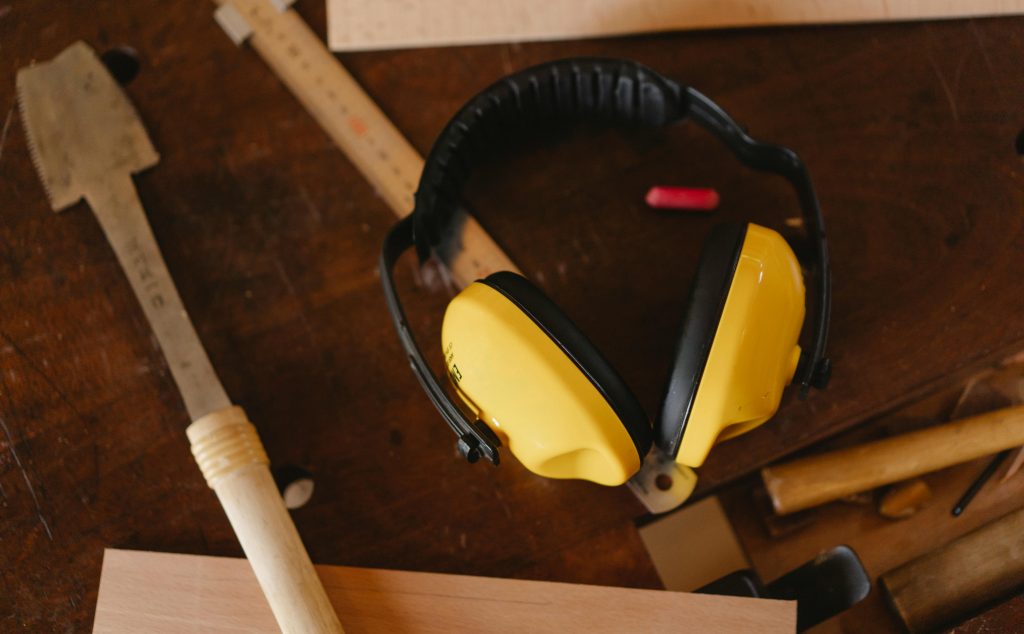
Note: Always check job-specific safety regulations for required gear.
6. Ladders & Access Equipment
Accessing hard-to-reach areas safely is part of almost every construction job.
Tools to Use:
- Step Ladders: For lower-height access or interior projects.
- Extension Ladders: For reaching rooftops or high façades.
- Scaffolding: Provides stable access for working on tall structures or exteriors.
- Harnesses & Fall Protection: Crucial when working at heights.
Safety Tip: Always inspect access equipment before use to prevent slips, falls, or structural failures.
7. Masonry & Concrete Tools
For builders working with brick, block, or concrete, specialised tools are essential.
Must-Have Tools:
- Trowels (pointing and brick): For spreading, shaping, and smoothing mortar or concrete.
- Floats: Used to finish and smooth concrete surfaces.
- Mixers (handheld or powered): For mixing concrete or mortar on-site.
- Jointers & Edgers: Create smooth or decorative finishes on joints and edges.
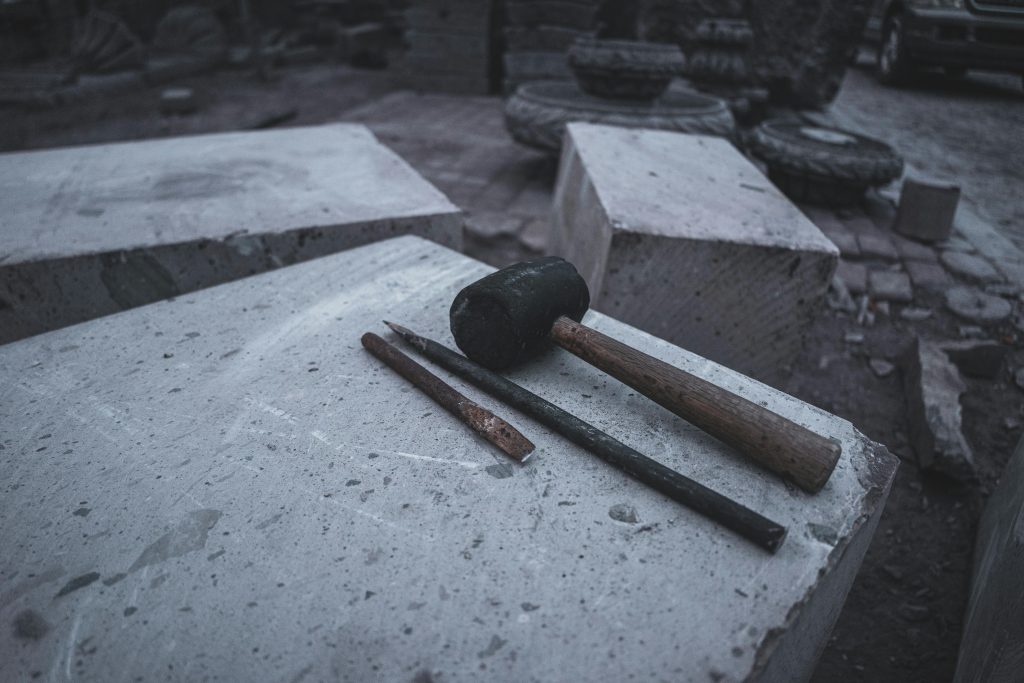
These tools ensure the structural integrity and visual finish of concrete and masonry work.
8. Material Handling Tools
Moving materials efficiently saves time and reduces physical strain.
Common Options:
- Wheelbarrow: For transporting heavy loads of concrete, dirt, or tools.
- Hand Truck (Dolly): Moves boxes, appliances, or materials safely.
- Hoists or Winches: Lifts materials to upper floors or scaffolding.
- Storage Boxes or Lockers: Keeps tools organised and secure on-site.
Efficiency Tip: Organised material handling can cut labour time and reduce fatigue.
Conclusion
From measuring tools to safety gear, each item in a construction worker’s toolkit plays a critical role in getting the job done right—and safely. Whether you’re a seasoned tradie, a site manager, or just starting out, investing in the right tools and knowing how to use them is essential to success on the job site.
By understanding the common tools used in construction, you’ll be better prepared to build smarter, work safer, and deliver higher-quality results.
The right tools don’t just make work easier—they make it possible.
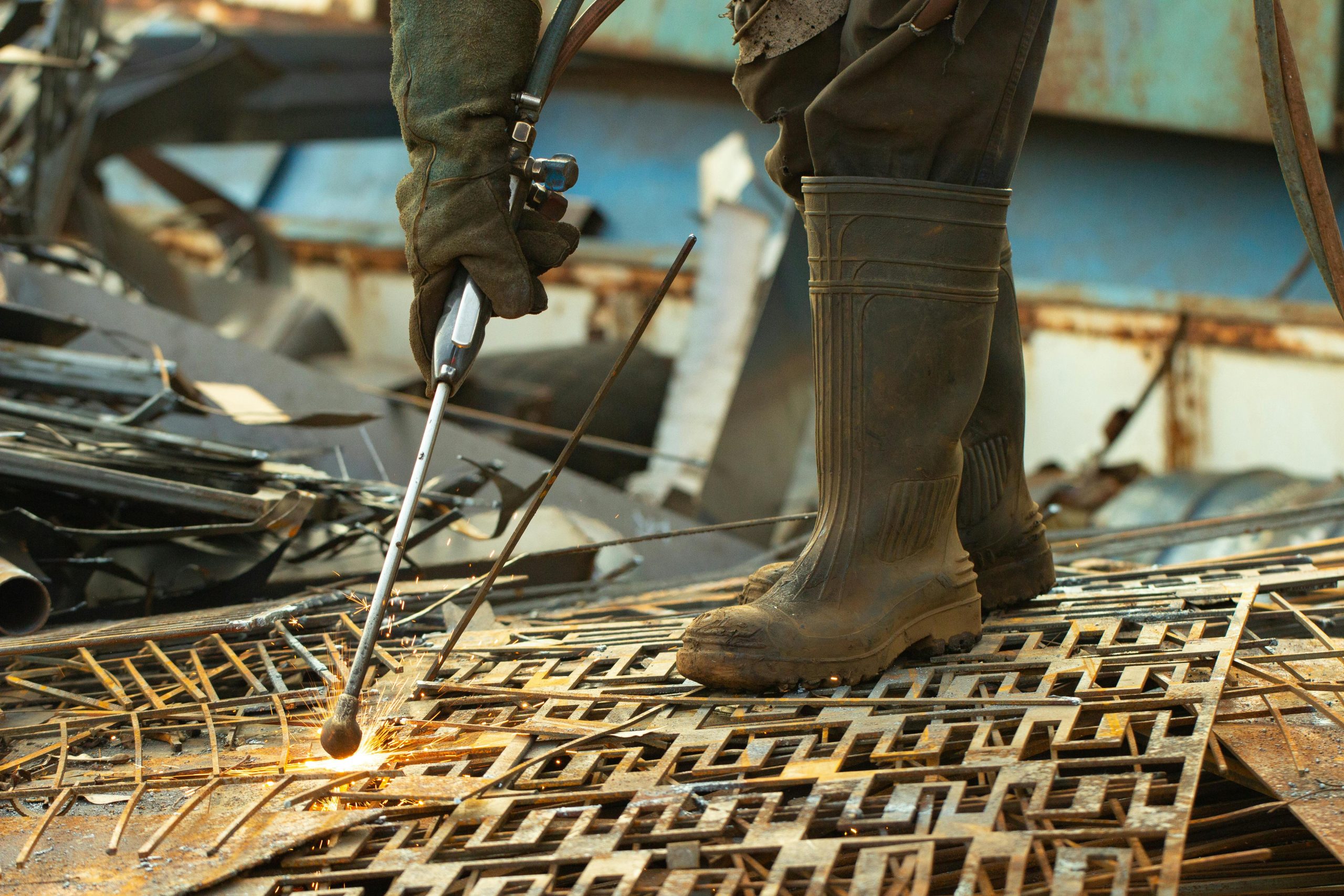

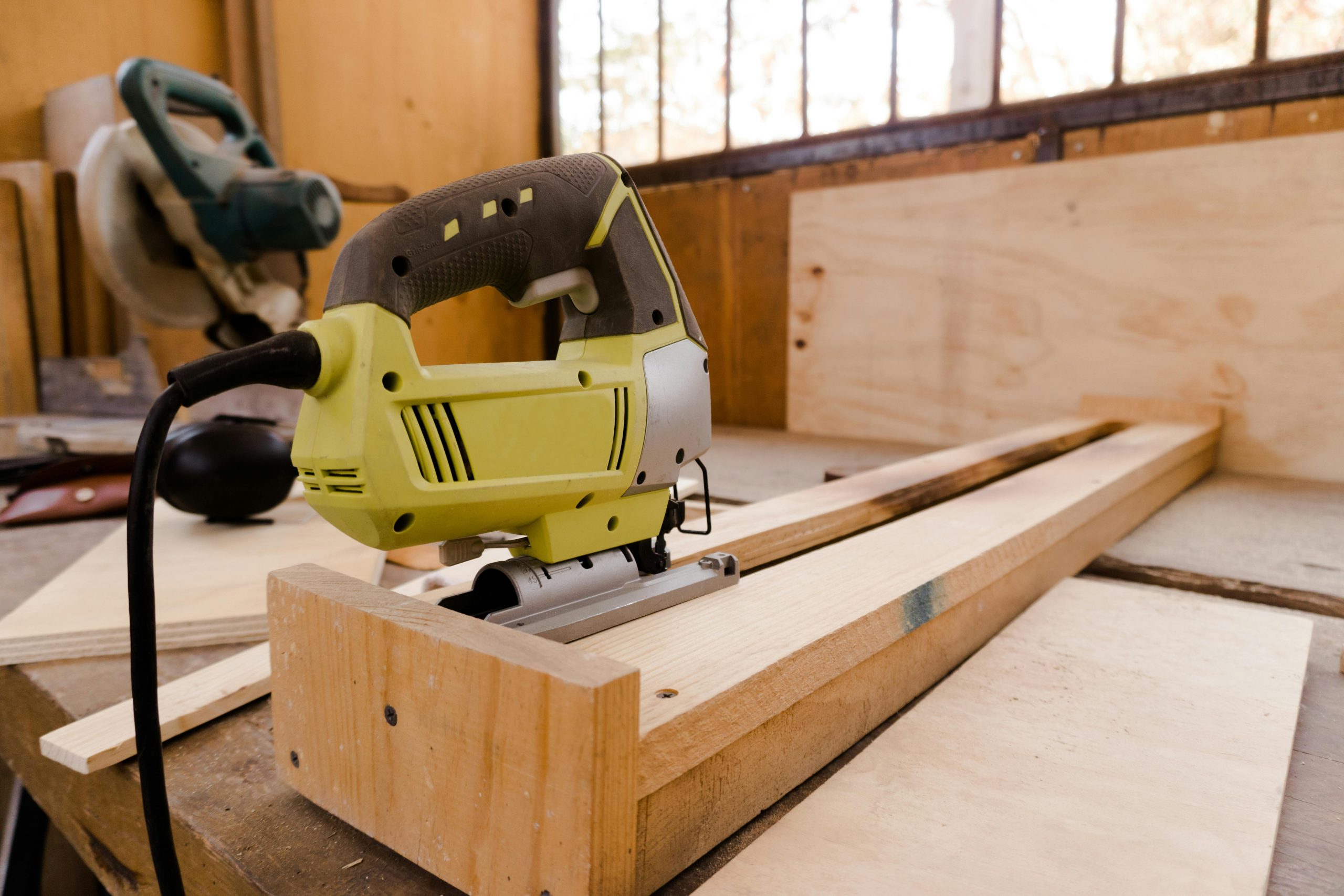


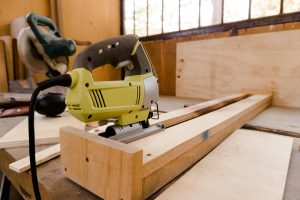





Post Comment